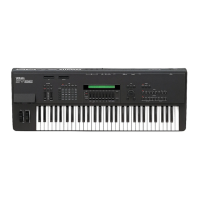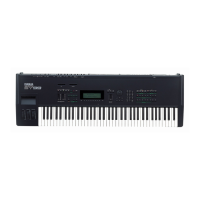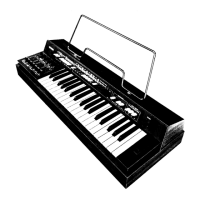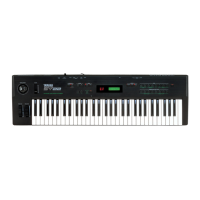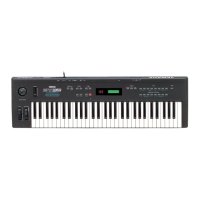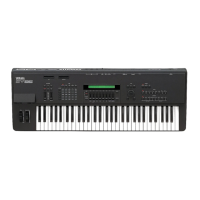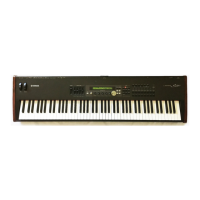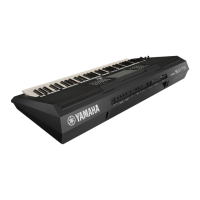How to troubleshoot no sound on my Yamaha Synthesizer SY85?
- RRebecca SullivanAug 13, 2025
If you're not getting any sound from your Yamaha Synthesizer SY85, start by checking if the amplifier or mixer is powered on. Also, ensure that the volume is set to an appropriate level. Verify that the SY85 outputs are correctly connected to the amplifier or mixer inputs, and inspect the connection cables for any faults.
